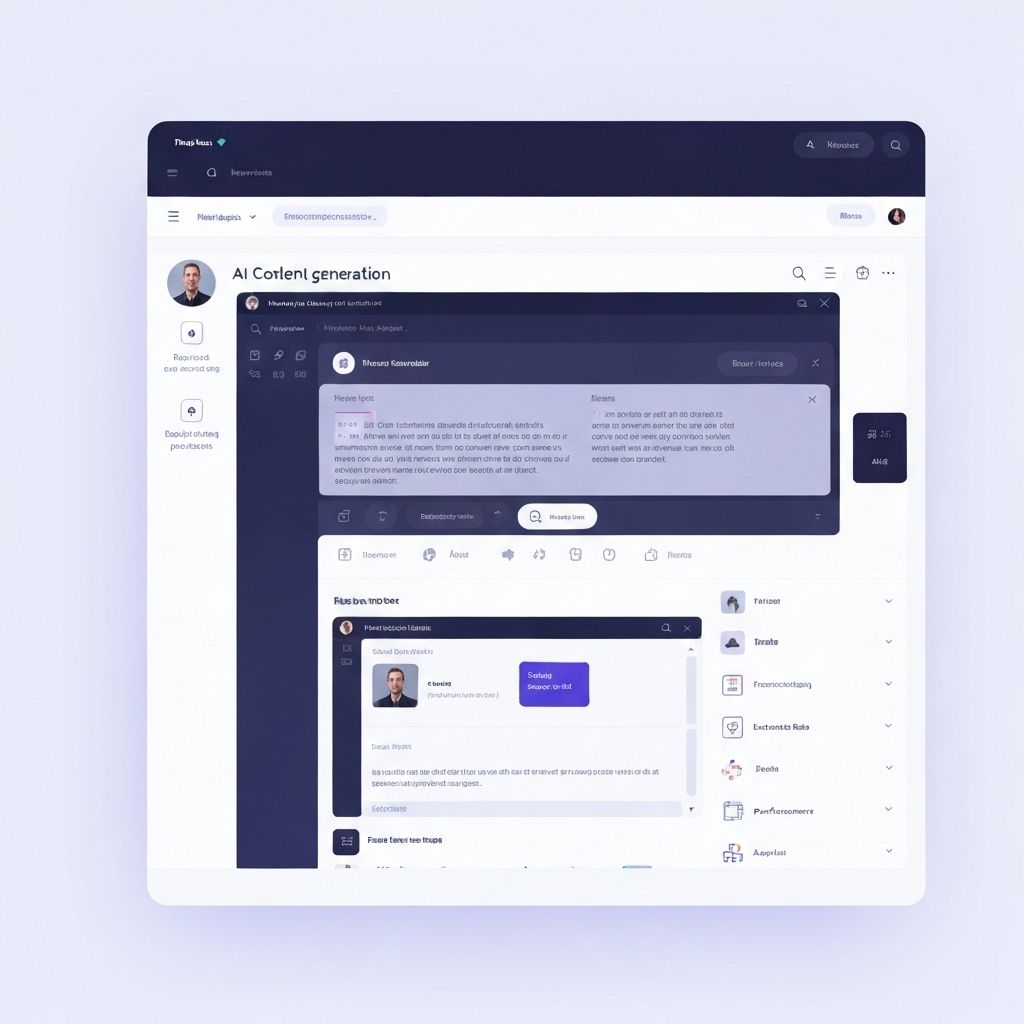AI Content Generator

Overview
An AI-powered content generation platform that leverages OpenAI's GPT models to create high-quality marketing copy, blog posts, and social media content. The platform features customizable templates, tone adjustment, and multi-language support for diverse content needs.
Challenge
Creating a user-friendly interface for AI content generation while managing API costs and response times. The system needed to handle various content types, maintain consistent quality, and provide users with fine-grained control over the generated output without overwhelming them with technical details.
Solution
Developed a Django-based backend with intelligent prompt engineering and caching strategies to optimize API usage. Implemented a React frontend with real-time preview and iterative refinement capabilities. Created a template system that guides users through the content creation process while allowing advanced customization.
Implementation
Technical Architecture
- • Django REST Framework for API development and authentication
- • OpenAI GPT-4 integration with custom prompt templates
- • React frontend with rich text editor and real-time preview
- • PostgreSQL for user data and content history storage
- • Redis caching layer for frequently used prompts and responses
- • Celery for asynchronous task processing and batch generation
- • Custom rate limiting and usage tracking system
Results
The platform significantly reduced content creation time while maintaining high quality standards. Users report improved consistency across their marketing materials and increased content output.
Lessons Learned
Effective prompt engineering is crucial for consistent AI output quality. Implementing intelligent caching strategies reduced API costs by 45% without sacrificing user experience. The importance of providing users with iterative refinement options became clear—allowing users to adjust and regenerate content led to much higher satisfaction than single-shot generation.